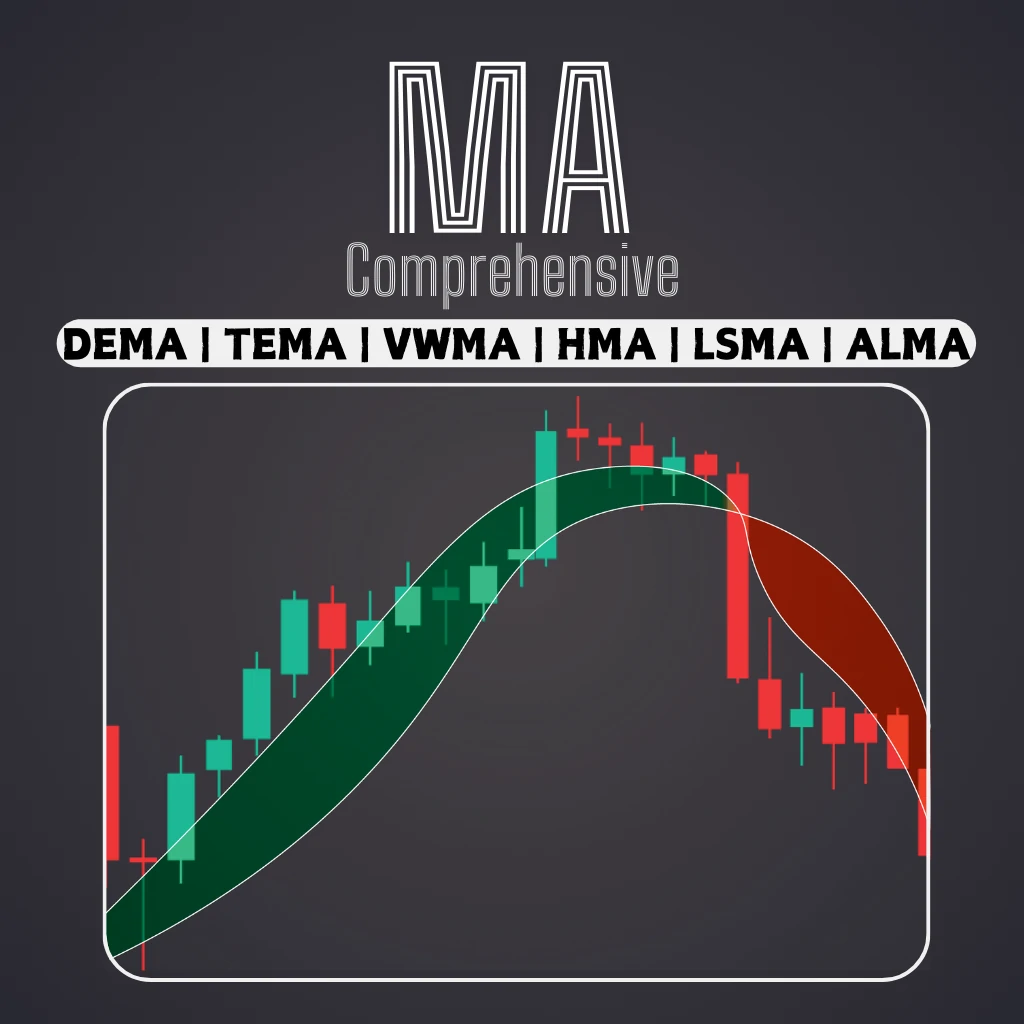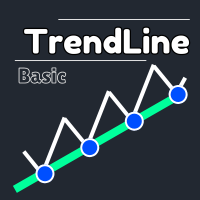Master Position Trading: Is there a Secret?
When it comes to the dynamic world of investing, position trading is a strategy that’s caught many an eye. It’s a game of patience, a marathon rather than a sprint, where you hold onto securities for months or even years, waiting for the perfect moment to strike. But how do you navigate this long-term landscape effectively?
That’s where I come in. In this article, I’ll be breaking down the art of position trading, exploring strategies that can help you maximize your returns. From understanding market trends to choosing the right securities, we’ll delve into the nitty-gritty of this intriguing investment approach. So, whether you’re a seasoned trader or just stepping into the investment arena, buckle up for an insightful journey into the world of position trading strategies.
Understanding Position Trading
Diving deeper into the realm of position trading, I’ll discuss its core essence and its key features. I’ll decode this trading style for both seasoned and novice investors keen on enhancing their trading strategies.
What Is Position Trading?
Position trading finds its roots as a type of trading style that involves holding onto stocks, forex, or commodities for an extended period. Unlike day trading, where trades last for just a day, or swing trading, that lasts from days to weeks, position trading can last anywhere from several months to years. Investing in such a manner allows traders to weather short-term market fluctuations and focus on the long-term potential of their investments. This method primarily relies upon fundamental analysis rather than technical analysis starting point, although both are important for strategic planning.
Key Characteristics of Position Trading
When it comes to position trading, some fundamental traits distinguish it from other trading strategies. Here are a few that I’ll highlight:
- Long-Term Perspective – Position traders hold onto their investments for extended periods. They focus on long-term price movements and trends, and potential returns can be substantial if executed correctly.
- Robust Research – Accurate and in-depth market and company analyses are paramount. Position traders base their decisions on the overall performance, market trends, and economic factors affecting a particular asset class, focusing on the bigger picture rather than short-term fluctuations.
- Patience is key – In position trading, hurry won’t help. Longer holding periods mean it can take a significant amount of time before investments reach profitability. Therefore, traders need patience to wait for their long-term strategies to pan out fully.
- Risk Management Strategy – As with any form of trading, risk management is crucial in position trading. Traders use stops and limits to protect potential profits and cap losses.
Understanding these characteristics can provide a sense of how to master position trading, setting the stage for potential investors to consider if this trading style aligns with their investment goals and risk tolerance.
Fundamental Analysis for Position Trading
Position trading relies heavily on comprehensive fundamental analysis. This analysis aids in discerning the inherent worth of an investment by examining relevant economic, financial, and other qualitative and quantitative factors.
Developing a Macroeconomic Framework
As part of the fundamental analysis, I refine my investment strategy by creating a macroeconomic framework. It’s an umbrella term that encapsulates the analysis of numerous macro-economic factors such as GDP, inflation, market cycles, and policy changes. For this, I stick to reliable data sources, like government reports and trustworthy financial news outlets, only.
Data accuracy matters, especially when considering long-term economic trends. For instance, reliably outlining the increase in GDP allows me to anticipate a positive surge in certain market sectors. Similarly, if I notice a phenomenon of rising inflation, I prepare my portfolio to withstand its adverse impact, by investing more in bonds rather than stocks.
Analyzing Market Sentiment
I conduct market sentiment analysis to gauge the overall ‘mood’ of market participants toward particular investments. It’s an integral component in gaining insights into psychological and emotional factors governing market movement, as these can significantly impact the price of securities.
For example, if market sentiment towards a particular sector is overwhelmingly negative, despite robust financial indicators, it might imply an undervalued investment opportunity. Conversely, a seemingly overpriced investment with overwhelming positive sentiment may indicate a market bubble.
In my position trading strategy, market sentiment analysis complements the macroeconomic framework. With these two tools in my arsenal, I’m well-equipped to make informed trading decisions, steering my portfolio strategically through the uncertain currents of the investment world.
Technical Analysis in Position Trading
Pivoting from fundamental analysis and market sentiment, I now focus on the role of technical analysis in position trading.
Chart Patterns and Trends
Recognizing and understanding chart patterns turn up as hallmarks of an effective way to master position trading. Chart patterns, such as head-and-shoulders, double tops, and flags, offer investors signals relating to future price movements. These patterns illustrate the ongoing battle between buyers and sellers, effectively reflecting the market psychology at that moment.
For instance, a ‘head-and-shoulders’ pattern indicates a potential price reversal, where a market rally (the ‘head’) gets followed by a smaller rally (the ‘shoulder’). It signals that the buyers have lost control and that selling pressure is set to drive down the prices.
Trends, yet another pillar of technical analysis, help a position trader understand the overall market direction. The three primary types of trends are uptrends (higher highs and higher lows), downtrends (lower highs and lower lows), and sideways trends (prices fluctuating within a specific range).
Important Technical Indicators for Position Traders
A position trader’s arsenal must also include key technical indicators. Moving averages, for example, offer a smoothed view of price behavior over a specified period and makes it a bit easier to master position trading. A 200-day moving average presents the average closing price over the last 200 days. Sharp deviations from this line may indicate a trend change.
Relative strength index (RSI), in contrast, serves to indicate overbought or oversold conditions. An RSI over 70 suggests that an asset might be overbought and due for a price correction, while an RSI under 30 suggests overselling and a possible price rebound.
Lastly, Matthew Money Flow Index (MFI) assesses an asset’s buying and selling pressure using both price and volume data, essentially underlining the robustness of a trend or pointing out when a reversal might occur.
Knowledge of these indicators and patterns can help position traders better predict long-term price movements, shape their investment strategies, and improve risk management.
Risk Management Strategies
In the context of position trading, risk management plays a crucial role. Efficient risk management strategies are at the core of any successful trading activity, making them indispensable while dealing with market uncertainties.
Setting Stop-Loss Orders
In order to fully master position trading, establishing stop-loss orders represents an effective risk management strategy. To mitigate potential losses in a turbulent market, traders set precise points for exiting a position, otherwise known as implementing stop-loss orders. For example, I might set up a stop-loss order if a purchased stock dips to 5% below the buying price. This action, while ensuring capital preservation, also offers an emotional buffer. It removes the need for real-time decision-making, preventing emotional reactions from dictating trading behavior.
Importance of Risk-to-Reward Ratios
Apart from stop-loss orders, risk-to-reward ratios represent another pivotal strategy that aids risk management. This ratio reflects the potential risk linked with a trade versus its possible returns. The general recommendation is to strive for a minimum of 1:3 risk-to-reward ratio. This means that for every dollar potentially lost, three dollars are projected to be gained. For instance, if I set a stop-loss order to cap the loss at $10, I’d anticipate making at least $30 off that trade. This approach ensures that even if a few trades go south, the successful ones can cover the losses, maintaining a positive balance.
Position Trading vs. Other Trading Styles
Trading styles differ by numerous factors such as time frames, strategies, and trader personalities. In this section, we will compare position trading with two other popular trading styles – day trading and swing trading.
Position Trading vs. Day Trading
Position traders and day traders exist at opposite ends of the trading spectrum. As a position trader, I hold trades for an extended period, often months to years, making use more of fundamental analysis coupled with long-term technical trends. Meanwhile, day trading involves buying and selling securities within a single trading day. Day traders typically rely more on short-term technical analysis and minute-by-minute price changes.
For instance, consider two traders trading Apple stocks. As a position trader, I might buy stocks based on Apple’s strong fundamentals or a bullish market trend. Contrarily, a day trader can buy Apple shares in the morning based on a technical indicator, intending to sell them later in the day for a profit, regardless of the company’s fundamental attributes or the broader market trend.
Position Trading vs. Swing Trading
Swing trading stands somewhere between position trading and day trading. Here, trades last from several days to a few weeks, based on short-to-medium term price fluctuations and trends. As a position trader, I tend to ignore these short-term fluctuations, focusing on the long-term view instead.
To illustrate, let’s consider Tesla stocks. As a position trader, if I see a long-term uptrend, I’d buy the Tesla stock, ignoring minor market swing. Conversely, a swing trader could take advantage of these market swings, buying during a short-term dip and selling during a short-term peak within the broader uptrend.
In sum, while all these trading styles have their own benefits and drawbacks, it’s the trader’s objectives, risk tolerance, and time commitment that typically dictate the most suitable style. For those with a more patient approach, alongside a high emphasis on research and risk management, it’s very easy to master position trading.
Crafting a Position Trading Plan
A strong position trading plan, much like embarking on a lengthy journey, requires mindful planning and preparation. Even though it’s tailored to your specific needs, there are common elements that aid in creating a robust plan that benefits position traders. We explore two crucial aspects – choosing the right markets and deciding on entry and exit strategies.
Master Position Trading – Choosing the Right Markets
Selecting the right markets forms a crucial part of any position trading plan. Not all markets operate the same way, and knowing how different markets move allows you to better align your strategy. While Forex provides myriad opportunities due to its 24-hour market and large volume, stocks offer the advantage of diversity and access to extensive fundamental information. Commodities, on the other hand, present a remarkable opportunity, given their tendency to follow long-term trends. So, how do you choose? It’s all about which market aligns best with your research skills, risk tolerance, and trading goals.
Entry and Exit Strategies
Identifying clear entry and exit strategies is another major part of your position trading plan. Your entry strategy will set the stage for your trade. It’s typically based on a combination of technical analysis tools, such as trend lines, support and resistance levels, and fundamental indicators like earnings reports or macroeconomic data. Equally important is your exit strategy. It’s not just about knowing when to cut your losses, but also about understanding when to take profits. Having a predefined exit strategy in place can help keep emotions out of your trading decisions, which ultimately contributes to how quickly you master position trading.
So we’ve seen how position trading can be a game-changer in your investment journey. It’s not about quick wins but rather a patient, strategic approach that can yield substantial returns over time. Crafting a solid master position trading plan is crucial and choosing the right markets should align with your research skills, risk tolerance, and trading goals. Remember, defining your entry and exit strategies using both technical and fundamental analysis tools isn’t just smart, it’s essential. It helps you make informed trade decisions and manage your emotions, which are key to successful position trading. As we’ve discussed, it can be difficult to master position trading, but if you’ve got the patience and discipline, it could be the strategy that takes your trading to the next level. Be patient, stay informed, and let the market do the heavy lifting. That’s the power of position trading.
















